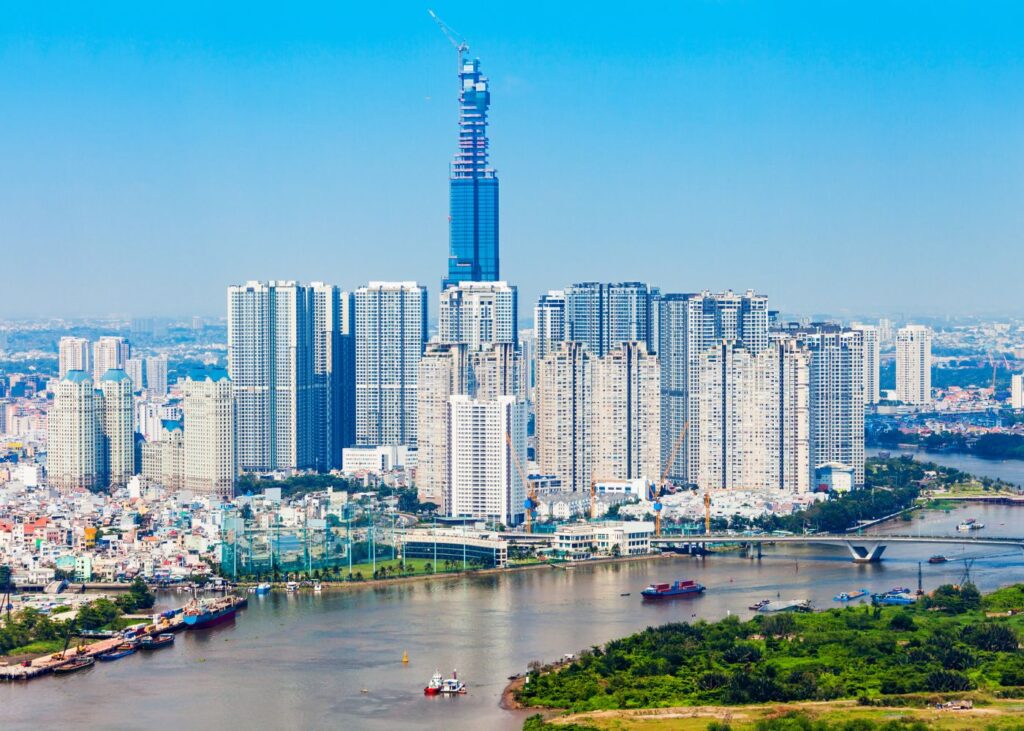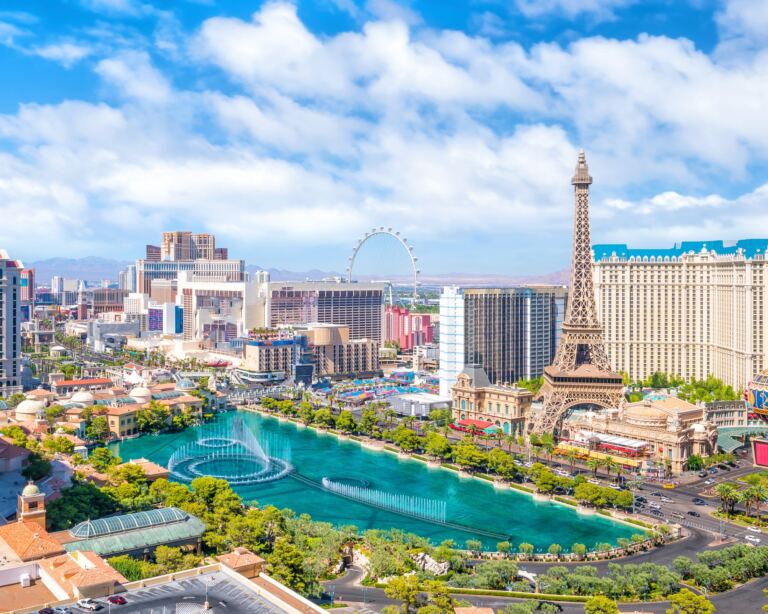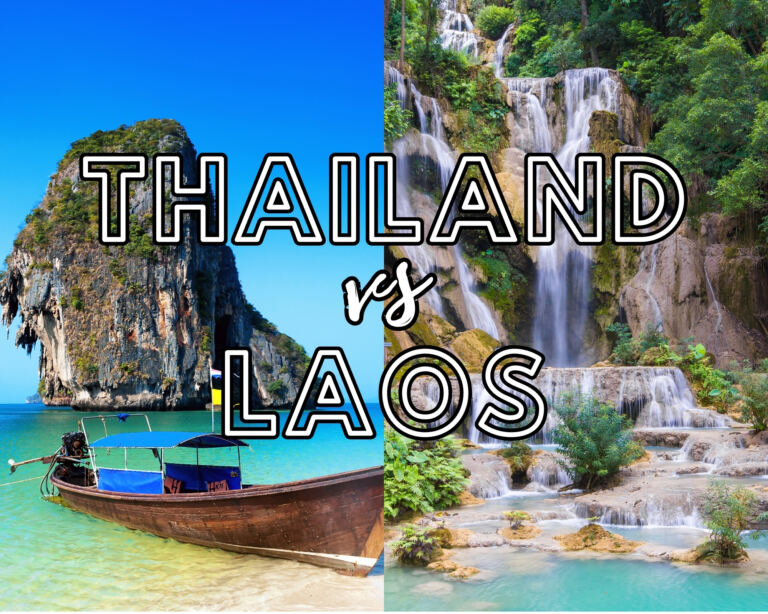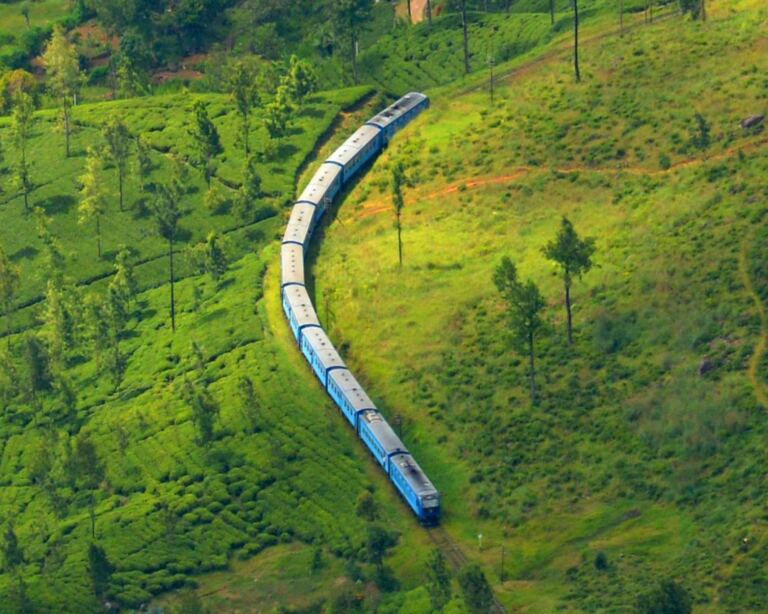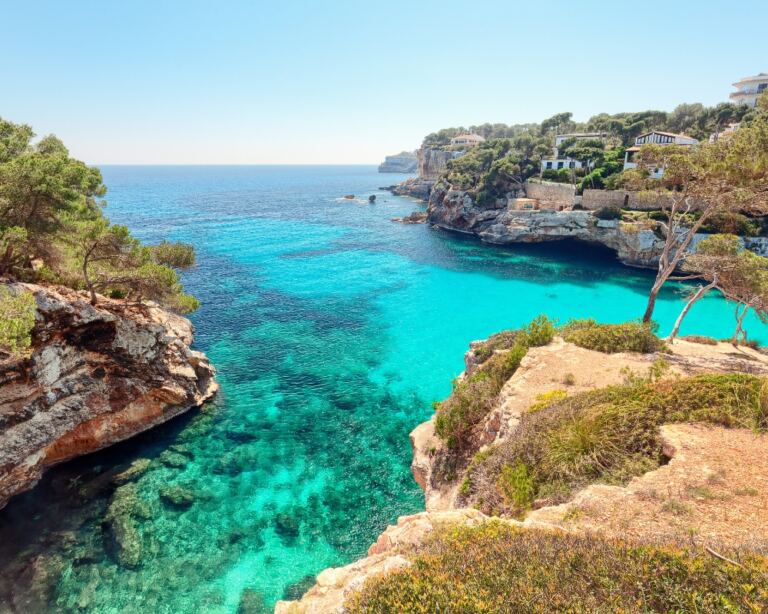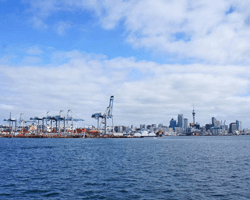The Ultimate 3-Day Ho Chi Minh City Itinerary
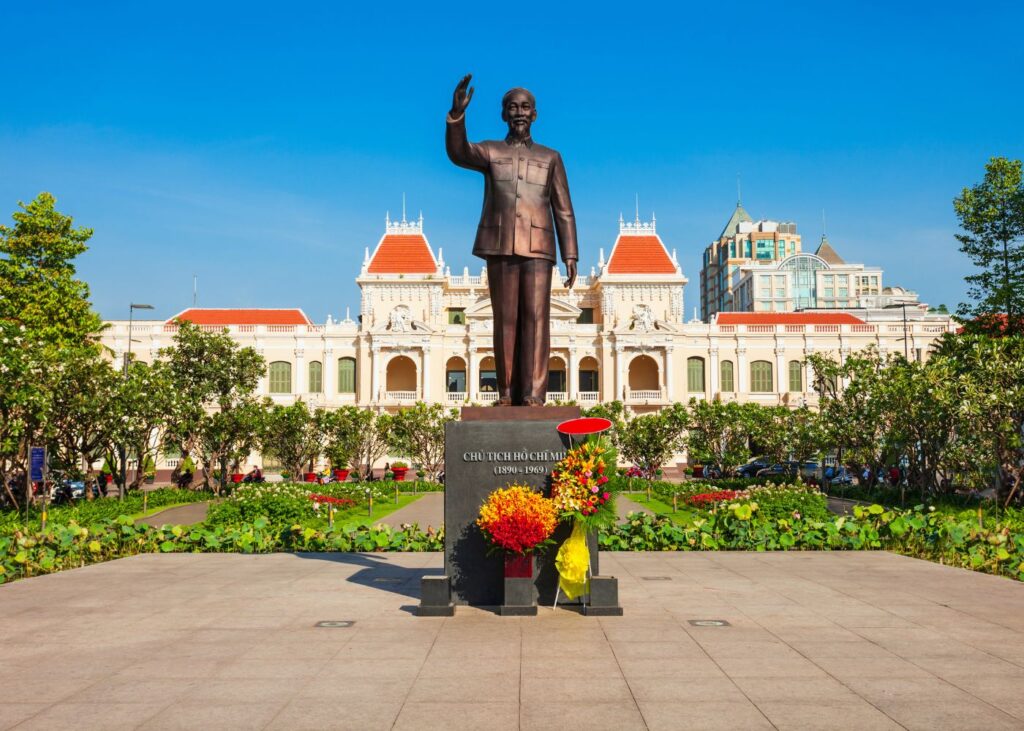
Ho Chi Minh City, Vietnam is a dynamic metropolis that serves as the economic and cultural hub of Vietnam. With a fascinating mix of French Colonial architecture, modern skyscrapers, ancient temples, and bustling markets, Ho Chi Minh City (HCMC) is a mecca of contrasts where the past meets the present, and there's something exciting around every corner.
In this guide, I've created a comprehensive 3-day Ho Chi Minh City itinerary to help you explore the city’s top attractions, discover hidden gems, and immerse yourself in Vietnamese culture, all while savoring some of the best local cuisine on the planet!
A Brief Intro to Ho Chi Minh City
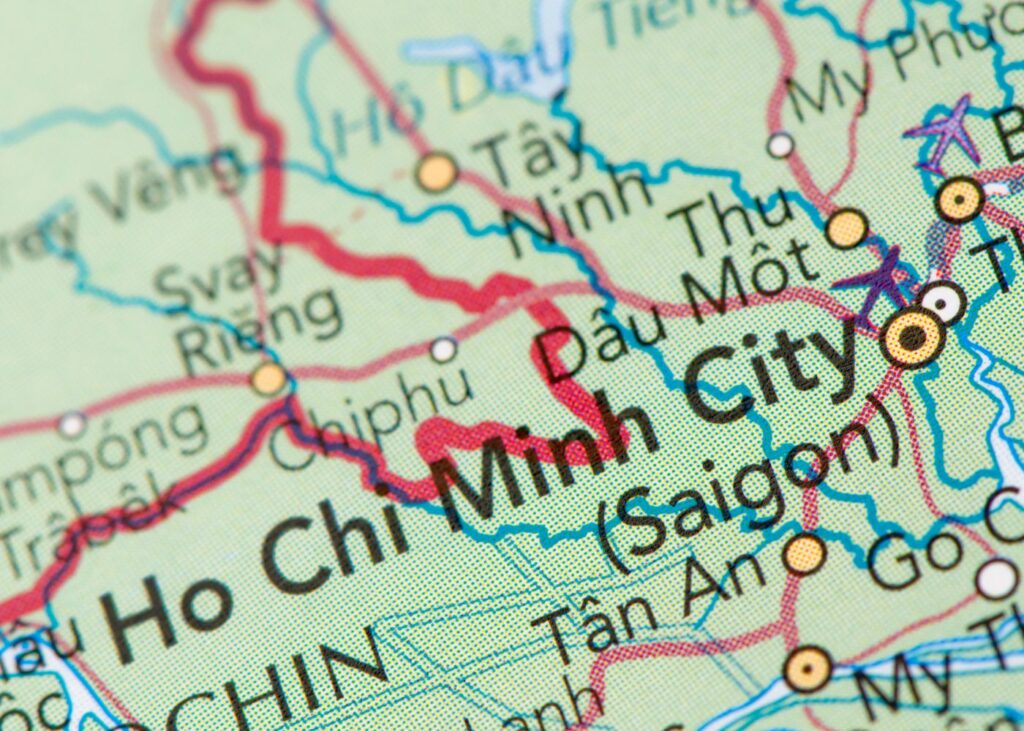
Much larger than the current capital of Hanoi, Ho Chi Minh City to me is a pretty wild place. The city's streets are filled with the hum of motorbikes, the aroma of street food, and the pulsating energy of millions of people. HCMC has a rich history dating back centuries, but it is perhaps best known for its role in the Vietnam War. Formerly the capital of South Vietnam, Saigon was renamed Ho Chi Minh City in 1975, in honor of the revolutionary leader Ho Chi Minh.
Today, the city is a mix of the old and the new. On one side of the street, you’ll find modern skyscrapers like the Bitexco Financial Tower, facing historical landmarks such as the Reunification Palace and Notre Dame Cathedral.
Beyond its historical significance, HCMC has become a popular tourist destination for travelers seeking an authentic Vietnamese experience. From the famous Cu Chi Tunnels to vibrant street markets like Ben Thanh, the city offers something for every kind of traveler, whether you're a history buff, a foodie, or a lover of culture.
What to See in Ho Chi Minh City
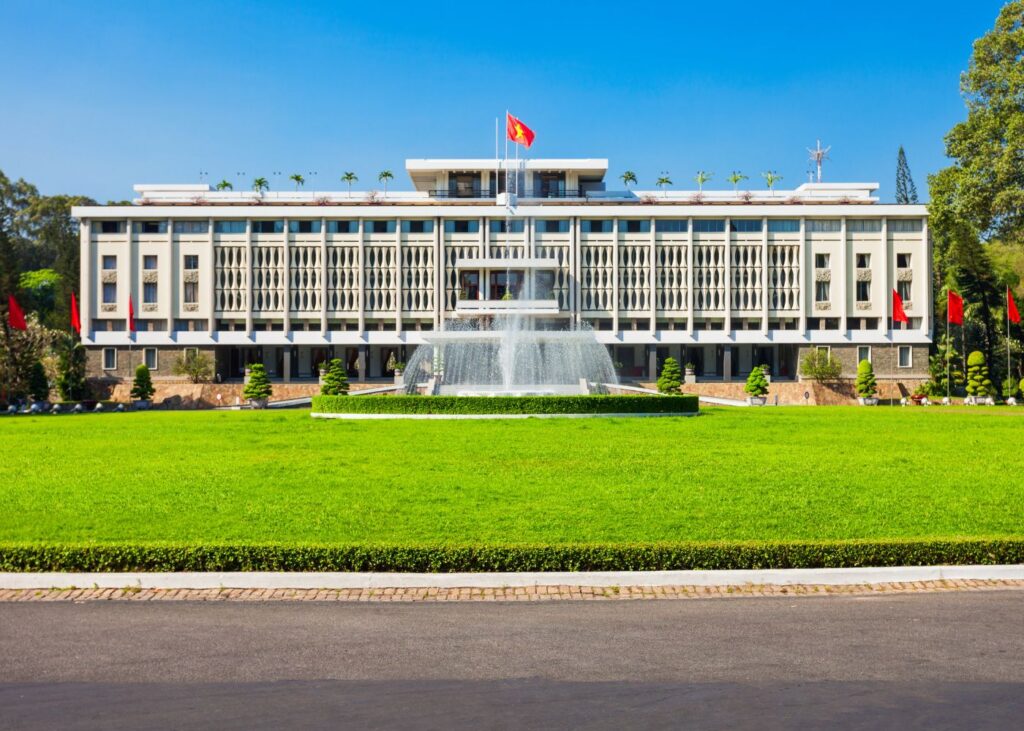
Here’s a quick overview of the main attractions you’ll be visiting in this 3-day itinerary:
Reunification Palace: The site where the Vietnam War officially ended; the palace is a preserved snapshot of the 1970s, frozen in time.
Notre-Dame Cathedral Basilica: A beautiful showcase of French Colonial architecture, right in the heart of the city.
War Remnants Museum: A sobering museum dedicated to the Vietnam War, offering an important perspective on the conflict.
Ben Thanh Market: One of the most famous markets in Vietnam, loaded with vendors selling everything from souvenirs to street food.
Jade Emperor Pagoda: A beautifully intricate Taoist pagoda, often overlooked but rich in history and cultural significance.
Cu Chi Tunnels: An extensive underground network once used by Viet Cong soldiers during the war, providing an immersive, hands-on historical experience.
Binh Tay Market: Located in Chinatown, this market offers a more local experience, filled with fresh produce, household goods, and traditional medicine.
Bitexco Financial Tower Skydeck: Offering panoramic views of the city, it’s a great way to take in the Saigon skyline, especially at sunset.
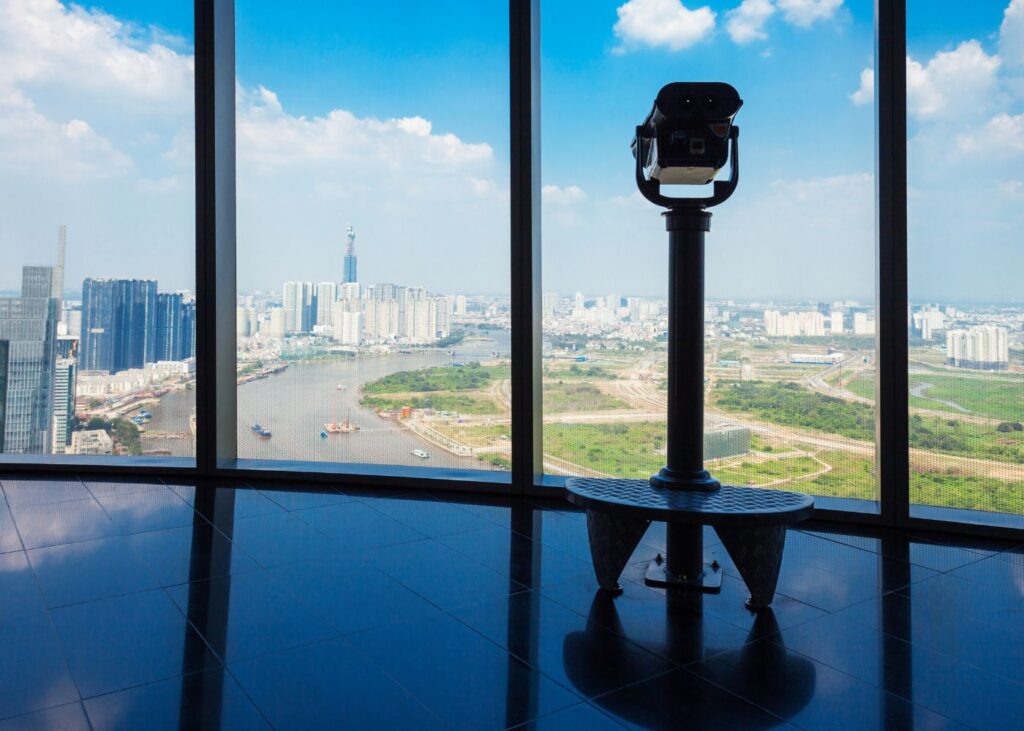
Turtle Lake: A popular local hangout spot, especially for young people, where you can enjoy street food in a relaxed atmosphere.
Tao Dan Park: A large, peaceful green space in District 1. It’s a favorite spot for locals to practice Da Cau, the national sport, which is also known as ” foot badminton.”The park also features beautiful lovely gardens and sculptures.
Tan Dinh Church: A striking bright pink church located in District 3. It’s one of the oldest churches in Ho Chi Minh City and offers a unique backdrop for photos.
Bui Vien Walking Street: A lively backpacker street in the heart of District 1, famous for its nightlife. The street is lined with bars, local restaurants, and clubs of every flavor.
The Perfect 3-Day Ho Chi Minh City Itinerary
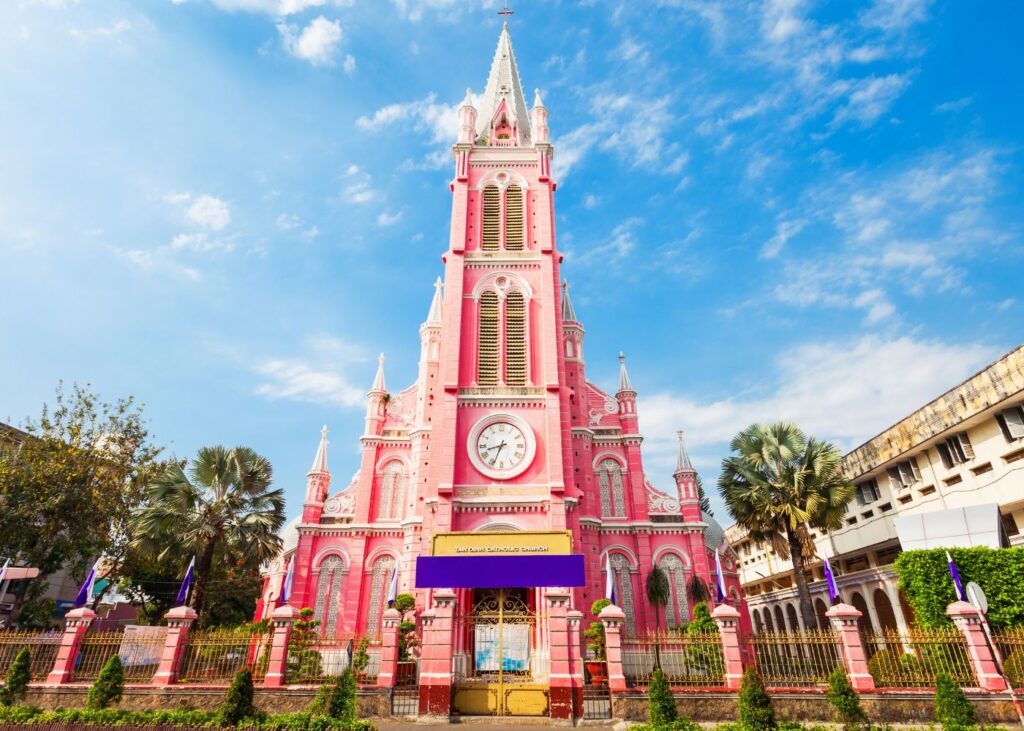
I've organized the days by city district in an attempt to minimize your frustration in Ho Chi Minh traffic and manage your time well. I recommend you start your trip in District 1. It's the key area for first-time visitors to the Ho Chi Minh.
Day 1: Explore District 1 (City Center)
About District 1:
District 1 is the heart of Ho Chi Minh City, home to many of its most iconic landmarks. This area is the main tourist hub and offers a perfect introduction to the city. It’s easy to explore the area on foot, with plenty of cafes, restaurants, and shops to stop at along the way.
Morning:
Start your day with a visit to the Reunification Palace, also known as Independence Palace. It opens at 8 am, so you can get an early start on the day. One of Ho Chi Minh's most important historical sites, the palace was the residence of the president of South Vietnam during the Vietnam Wars. Tanks from North Vietnam famously crashed through the gates in 1975, signaling the end of the war.
The palace has been preserved in its original 1970s condition, complete with vintage furniture, a secret underground bomb shelter, and war strategy rooms. The guided tour gives detailed insight into the role the palace played during the war and its significance in Vietnam's history.
Take a leisurely stroll through adjoining Tao Dan Park and try your hand (…or feet) at foot badminton.
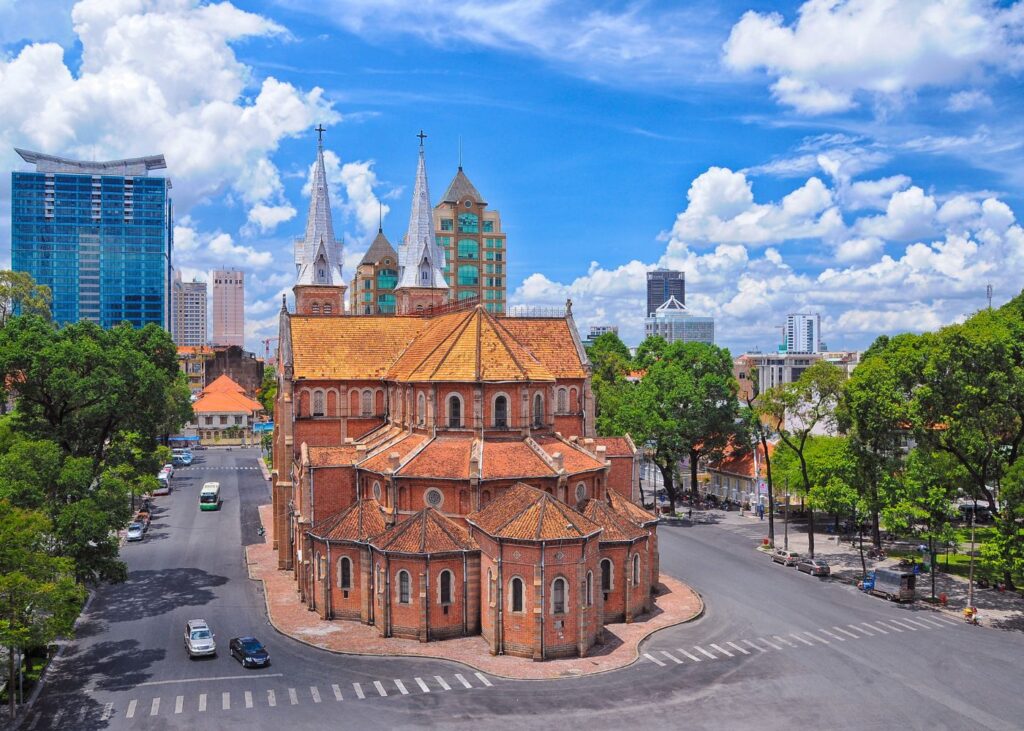
Next, head over to Notre Dame Cathedral Basilica. Built by French colonists in the late 19th century, this beautiful church is an impressive mix of Neo-Romanesque and Gothic architecture.
The Saigon Central Post Office is right next door, and you can still send a postcard back home. The post office was designed by Gustave Eiffel…yep that Eiffel!
If you want a more organized and informative experience, you can book a private half-day Ho Chi Minh tour from Get Your Guide. It includes all the sights above and the Jade Emperor Pagoda, as well as convenient hotel pickup.
Lunch:
Eat lunch at Propaganda Bistro, a modern Vietnamese restaurant known for its creative take on local dishes. Covered in fun murals, the bistro serves only local ingredients, including fresh spring rolls, banh mi, noodle soups, and Vietnamese Marou dark chocolate. Their cocktails are great too! If you're going at lunchtime, make a reservation on their website!
Afternoon:
In the afternoon, explore the War Remnants Museum. While the exhibits can be intense, the museum is an essential stop for understanding the Vietnam War from the Vietnamese perspective. You'll peruse photographs, military equipment, and detailed accounts of the war’s impact on the country, including the effects of Agent Orange and other chemical warfare.
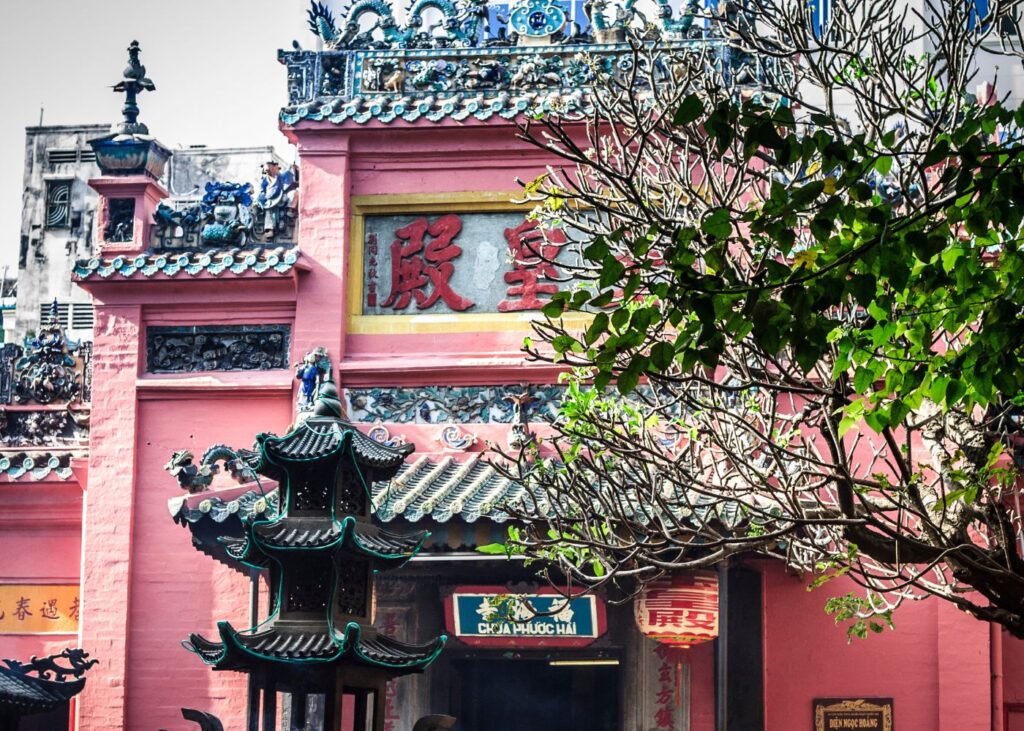
Head north (you might want to grab one of the local buses or a motorbike taxi) to visit Jade Emperor Pagoda, a lesser-known but equally impressive religious site. The main hall is dedicated to the Jade Emperor, the ancient Chinese ruler of heaven, while other rooms contain statues of Buddhist and Taoist figures. The pagoda is also home to a peaceful turtle pond where locals feed the numerous turtles as part of the temple ritual.
Stop for some photos and a quick tour of Tan Dinh Church, the pretty pink one mentioned earlier!
You can't properly visit Vietnam without taking a whirl through a night market. Ben Thanh Market is one of the oldest and most famous. You’ll find everything from local produce and handicrafts to souvenirs and clothing. Be sure to haggle for the best prices, it's expected! Plan to spend a couple of hours here.
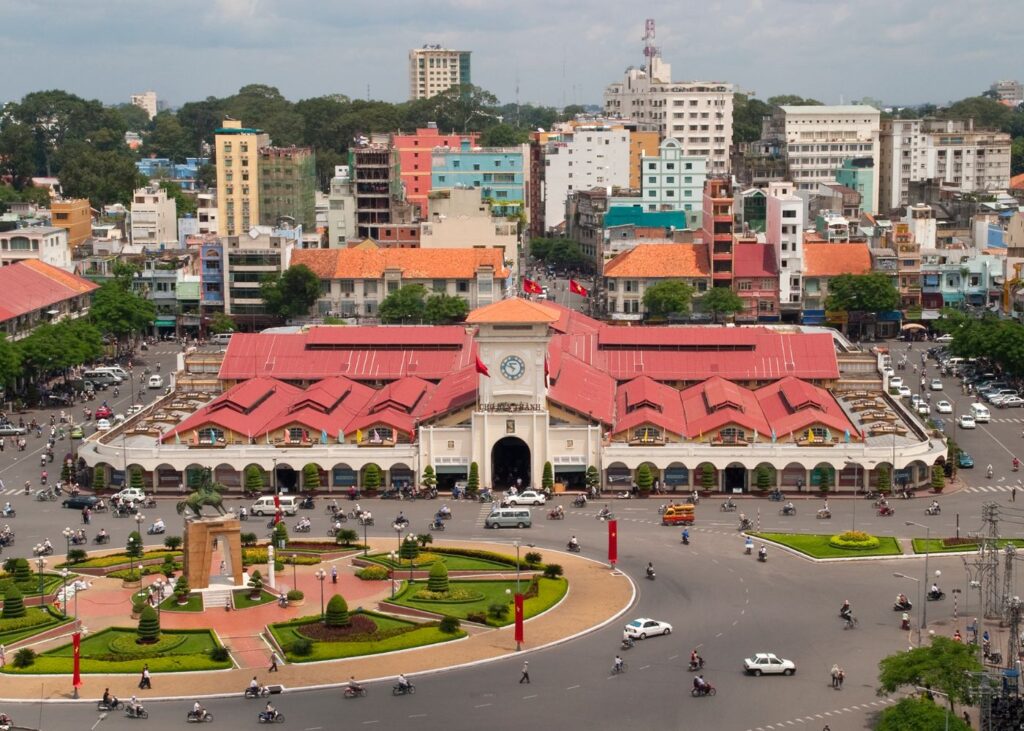
Evening:
For dinner, head to Ngon Restaurant, which offers a wide range of traditional Vietnamese dishes in an elegant setting. Be warned: the restaurant is a hit with influencers and tourists, so the prices are a bit higher, and there's no air conditioning.
If you prefer a more local experience, stay in the market and partake of the street food options like the mixed bánh bèo from Ms. Anh's (closes at 5 pm)!
Finish day one at Bitexco Financial Tower Skydeck to catch a panoramic view of the city.
Day 2: Chinatown (Cho Lon) and Local Markets
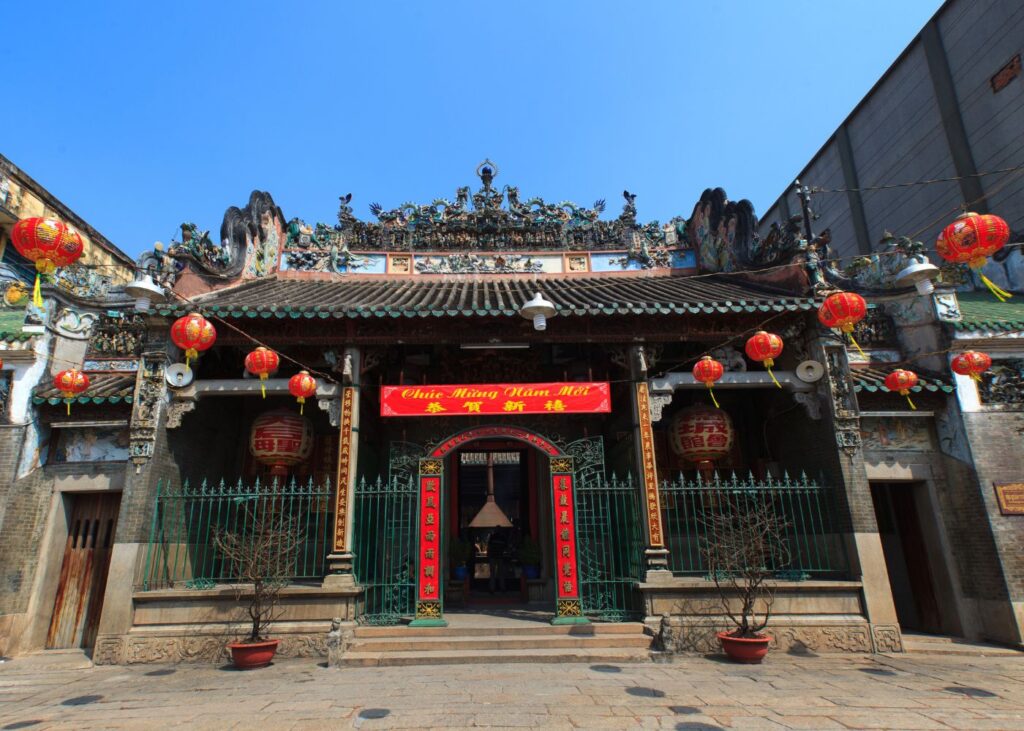
About Chinatown
Cho Lon, or Chinatown, is located in Districts 5 and 6 and offers a totally different experience than District 1. It’s a busy area filled with markets, Buddhist temples, and traditional eateries.
Morning:
Begin your day with a walking tour of Binh Tay Market, the heart of Chinatown. This massive market is a whirlwind of sights, sounds, and smells, where you can find everything from fresh seafood to kitchenware.
Unlike the more touristy Ben Thanh, Binh Tay is a local market, giving you a chance for better prices (depending on your haggling ability).
Visit the 200-year-old Thien Hau Temple (Tue Thanh Assembly Hall on Google), one of the most important Chinese temples in the city. Dedicated to the sea goddess Mazu, the temple is a peaceful escape from the bustling city and is filled with beautiful wood carvings, lanterns, and incense coils hanging from the ceiling.
Lunch:
Pho Le is a family-run restaurant that’s famous for its southern-style pho. This place is always busy, but for good reason.
Afternoon:
Pop into Cha Tam Church: A Catholic church built by the Chinese-Vietnamese community in the late 19th century. It’s notable as a site where President Ngo Dinh Diem surrendered during the Vietnam War.
Nghia An Hoi Quan Pagoda is a beautifully ornate Chinese temple dedicated to Quan Cong, a deified general known for his loyalty and righteousness.
Take a stroll down Traditional Medicine Street (Hai Thuong Lan Ong Street). Named after a prominent 18th-century physician, it's lined with shops selling traditional Chinese medicine, herbs, and remedies. If you're interested in herbal remedies or Eastern medicine, this street is a fun place to spend an hour or two.
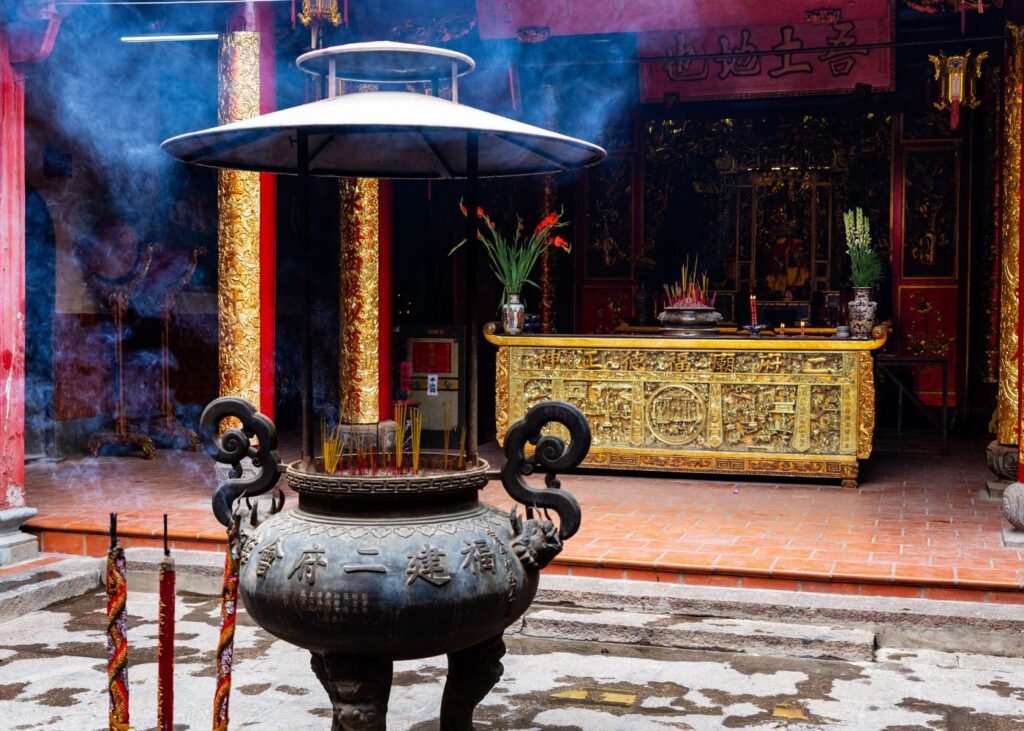
Evening:
Cho Lon has a more laid-back atmosphere compared to the ample nightlife of District 1, but there are still a few things to enjoy in the evening.
Night Markets: Some of the smaller street markets remain open, offering late-night food stalls and shops selling fresh fruit, street snacks, and more. Exploring these markets is a great way to meet locals after work.
Traditional Tea Houses: Enjoy a quiet evening at one of Cho Lon’s traditional Chinese tea houses, where you can sip herbal teas and relax in an old-world ambiance. The Lost Cottage is a cozy little place!
If you've had your fill of food stands, sit down for a nice meal of dim sum and seafood at Van Hoa Restaurant.
Day 3: Cu Chi Tunnels and Central District 1
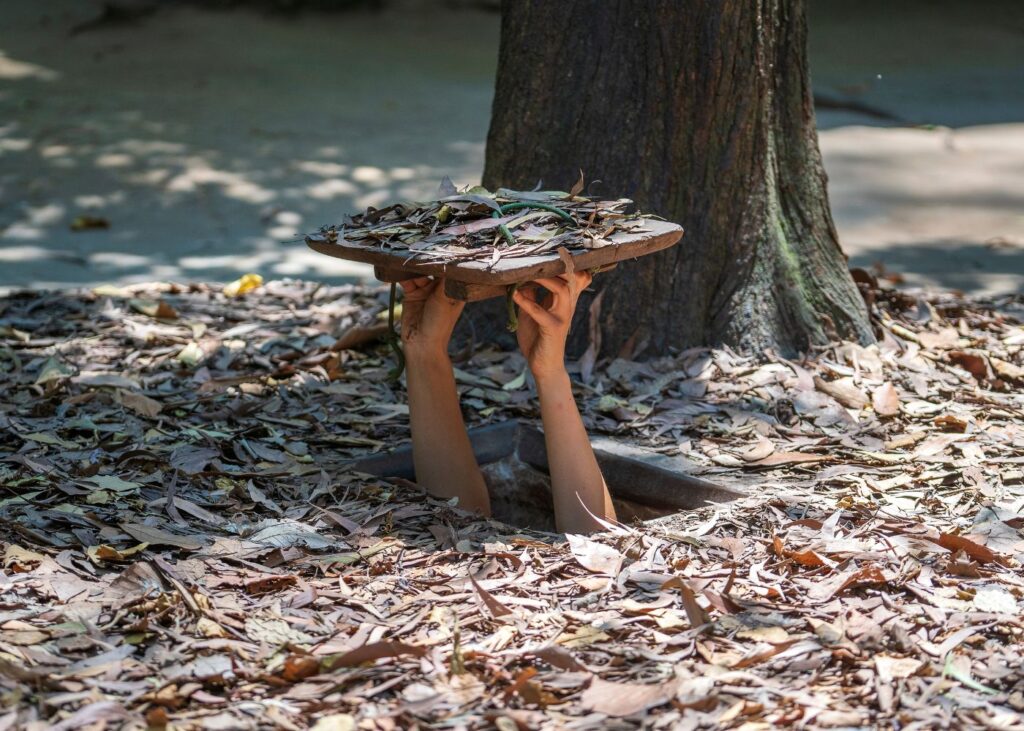
On day three, you have a few options to see the rest of the important sites. I recommend one of two guided tours: Cu Chi Tunnels or a Vietnamese street food tour.
Option 1: Cu Chi Tunnels and the Mekong Delta
Start early with a day trip to the Cu Chi Tunnels. This vast network of underground tunnels was used by soldiers as hiding spots, supply routes, and living quarters during several wars. Today, you can explore a small section of the tunnels. You’ll learn about the guerrilla tactics used during the war and get a firsthand sense of the cramped conditions soldiers endured.
There is a half-day trip, or you can combine your adventure with a boat ride down the Mekong on this 6-hour tour from Viator!
Option 2: Street Food Tour
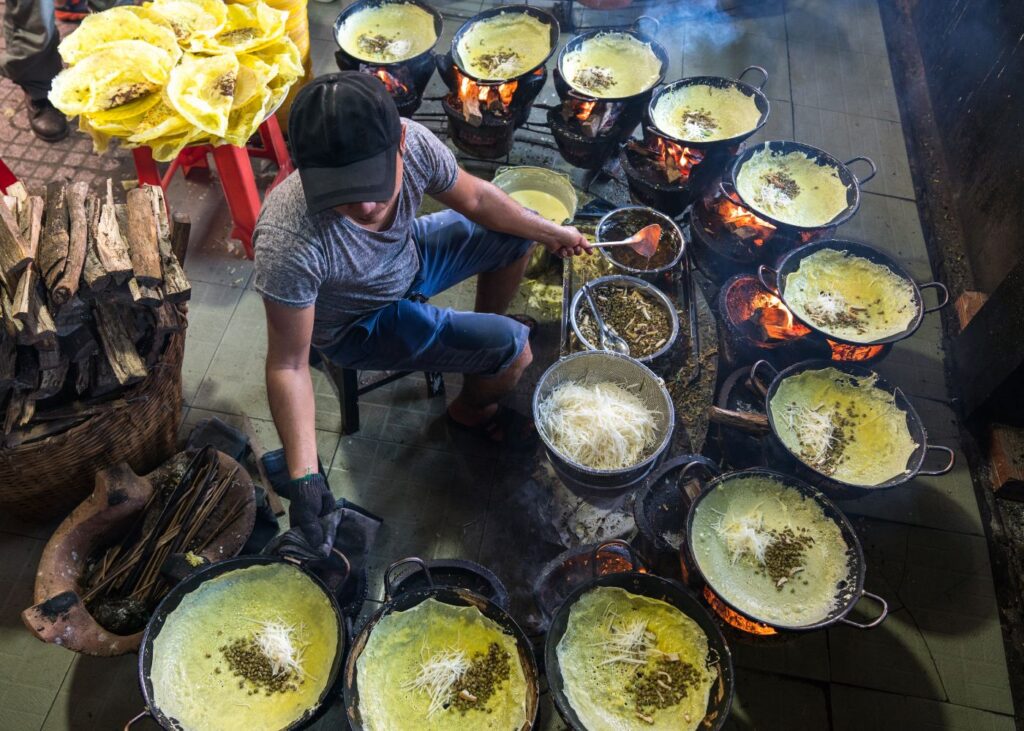
If you want to stay in the city limits, you might as well eat! Come to think of it, it would be a verifiable travesty for me to write a Ho Chi Minh itinerary and not include a food tour. With this highly-rated motorbike tour, you'll zoom around the tiny alleys of Ho Chi Minh, visiting lesser-known eateries and seeing some of the most famous attractions of District 1.
Afternoon:
Back in District 1, spend your afternoon strolling down Nguyen Hue Walking Street, a lively street lined with shops, cafes, and boutiques. One of the highlights of Nguyen Hue Street is the Cafe Apartments, a nine-story apartment building that has been converted into a multi-level shopping and dining experience. Each floor of the Cafe Apartment building is filled with quirky cafes, boutique shops, and art spaces.
Evening:
Wrap up your trip with a relaxing dinner cruise on the Saigon River. The cruise offers traditional Vietnamese culinary delights along with live music and epic views.
If you've still got some stamina left and are looking for a party vibe, head for Bui Vien Walking Street and join the backpackers in the dive bars for a good time!
How to Get Around Ho Chi Minh City
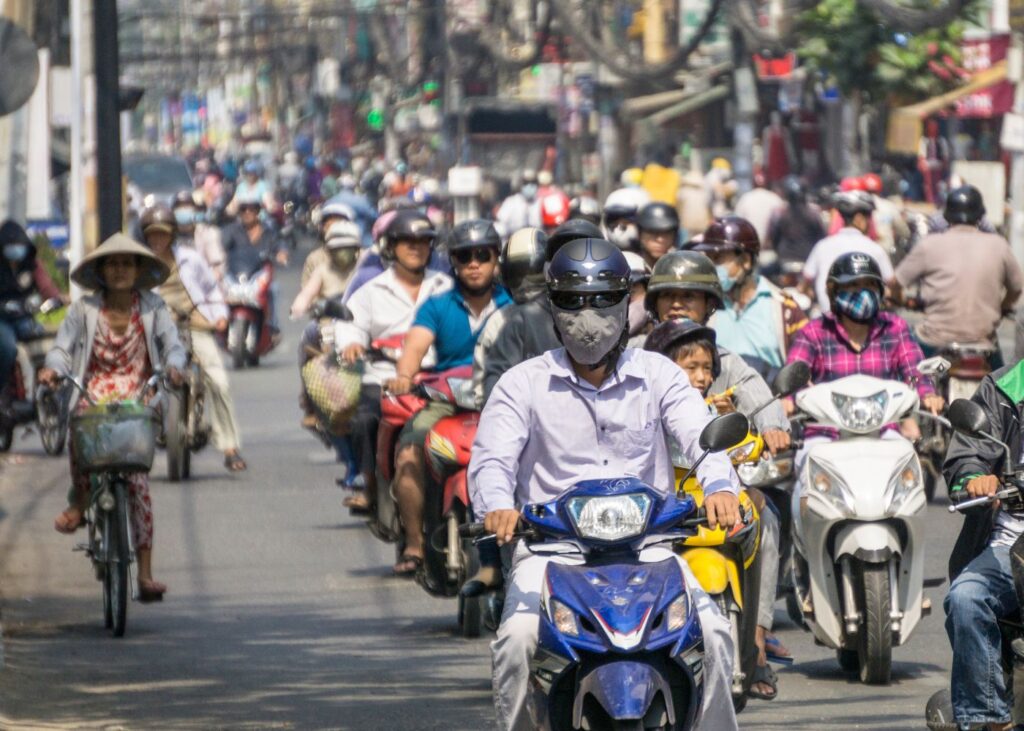
Getting around Ho Chi Minh City can seem daunting at first due to its chaotic traffic, but there are several convenient options for navigating the city.
Walking: Many of the major attractions in District 1, such as the Reunification Palace and Notre Dame Cathedral, are within walking distance of each other. However, always be cautious when crossing the street. Be bold, and walk with a steady pace. Don't try to dodge traffic. Let them swerve around you.
Taxis and Ride-Hailing Apps: Taxis are a convenient way to get around the city, and they’re relatively inexpensive. Use reputable companies like Mai Linh or Vinasun. Grab is also very popular for car and motorbike taxis. It's easy to use (without the haggling).
Motorbike Rentals: If you're feeling adventurous, renting a motorbike is an exciting way to see the city. They are easy to rent in District 1, but the rules on driving licenses for foreigners are dicey. Motorbikes usually aren't covered by travel insurance either, so unless you're prepared to pay the price, this is not the best option.
Public Buses: Public buses are the most affordable way to get around the city and are easily distinguishable with their white and green paint jobs. The system covers the whole city and payment is by cash with the driver or by tapping your bank card/mobile wallet with the EMV open-loop payment system.
Cyclo: For a more traditional ride, hop on a cyclo (a bicycle rickshaw). This leisurely way to travel is a great option for short distances and sightseeing tours, especially in the downtown area. Haggling necessary.
What to Eat in Ho Chi Minh City
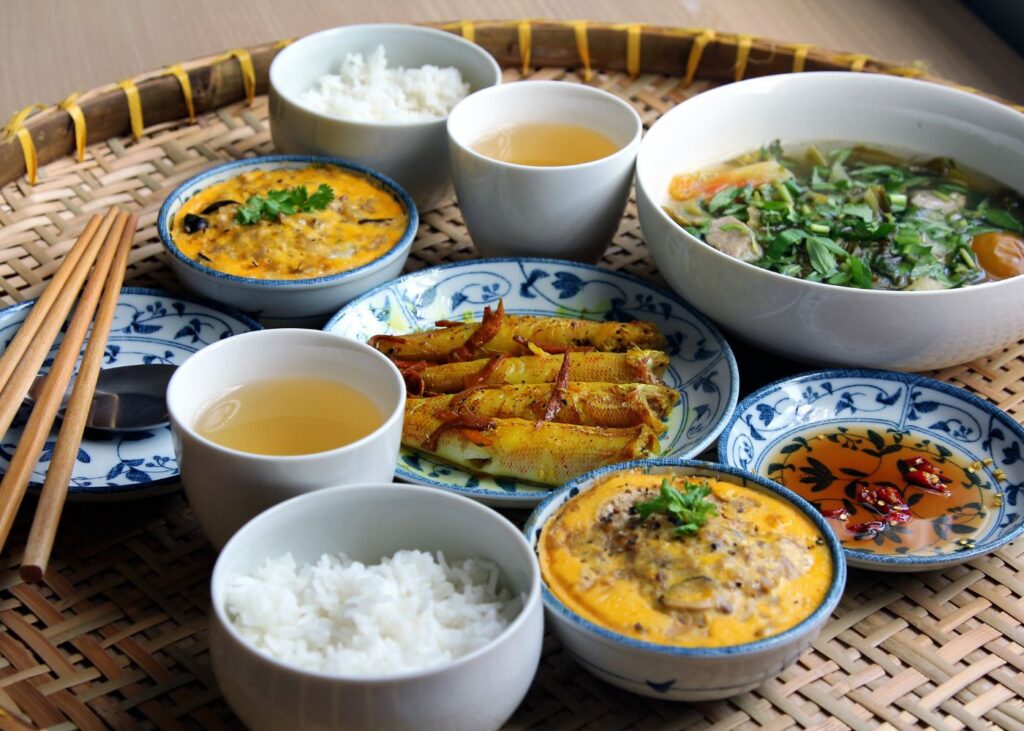
Vietnamese cuisine is famous worldwide, and Ho Chi Minh City offers some of the best food experiences in the country. Here are some must-try foods during your visit:
Pho: This iconic Vietnamese noodle soup comes in two main styles—northern and southern. Southern-style pho, which is popular in HCMC, has a richer broth and is served with plenty of fresh herbs, bean sprouts, lime, and chili on the side.
Banh Mi: This French-Vietnamese sandwich is a delicious combination of crispy baguette, pate, cold cuts, pickled vegetables, and fresh herbs. You’ll find banh mi vendors on almost every street corner.
Goi Cuon: Also known as fresh spring rolls, these light and healthy rolls are made with shrimp, pork, vermicelli noodles, and fresh herbs, all wrapped in rice paper. Dip them in peanut sauce for the full experience.
Bun Thit Nuong: A popular southern Vietnamese dish, this consists of grilled pork served over vermicelli noodles, fresh herbs, and pickled vegetables. The dish is topped with crushed peanuts and fried shallots and served with a tangy fish sauce.
Com Tam: This “broken rice” dish is a favorite for breakfast and lunch. The rice is served with grilled pork chops, shredded pork skin, and a fried egg, often accompanied by a side of pickled vegetables and fish sauce.
Banh Xeo: These crispy, savory pancakes are filled with shrimp, pork, and bean sprouts, and are typically wrapped in lettuce leaves before being dipped in fish sauce.
Ho Chi Minh City is also home to a growing cafe culture, with coffee shops on nearly every corner. Be sure to try Vietnamese iced coffee (ca phe sua da), which is made with strong Vietnamese coffee and sweetened condensed milk. If you're feeling adventurous, try egg coffee (ca phe trung), a rich and creamy drink made with whipped egg yolks and sugar… yum! (I can drink my weight in egg coffee.)
Where to Stay in Ho Chi Minh City
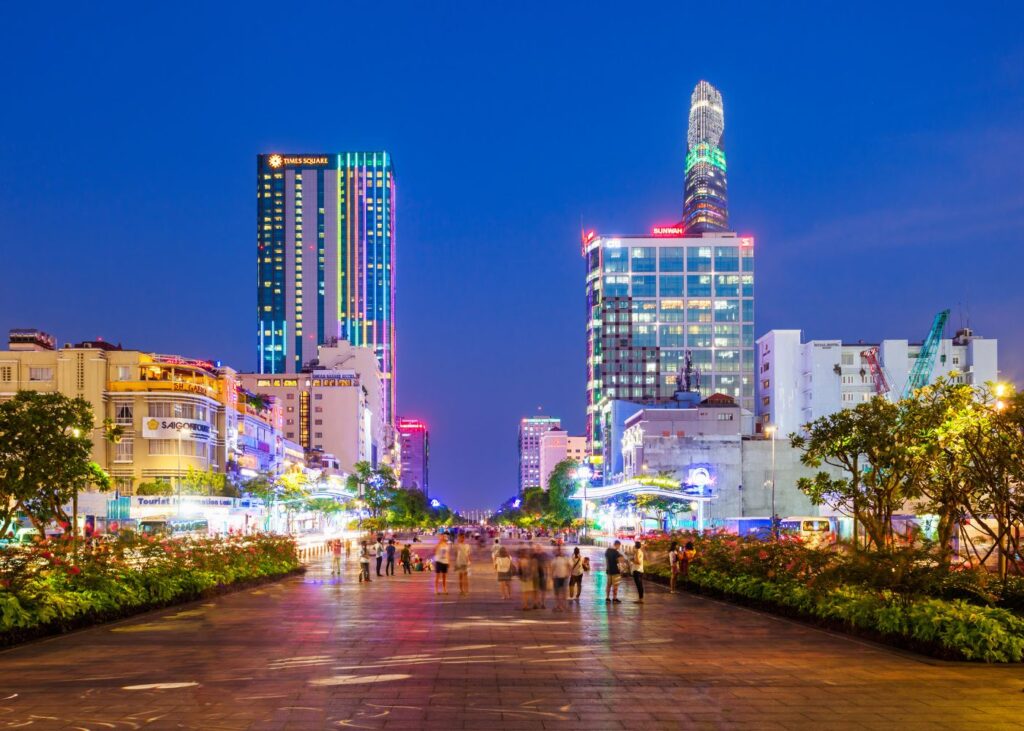
Best Neighborhoods for Tourists:
District 1: The Ben Thanh Ward is the most popular area for tourists, thanks to its proximity to major attractions like the Independence Palace, Ben Thanh Market, and Notre-Dame Cathedral. District 1 is a convenient place to stay, packed with restaurants, bars, shops, and hotels.
District 3: For a quieter, more residential experience, District 3 is a great option. This area is known for its tree-lined streets, European architecture, and local cafes. It’s still close to the action but offers a more relaxed atmosphere.
District 5 (Chinatown): If you’re looking for more culture, Chinatown, in District 5, is the place to be. It’s a bit further from the main tourist sights but offers a more local experience.
For more detailed information on where to stay in Ho Chi Minh City, check out my article on the best boutique hotels in the city.
Hotel Options:
- Luxury: The Rex Hotel in Ho Chi Minh City is a historic 5-star hotel located in the heart of District 1, known for its luxurious accommodations and iconic rooftop bar.
- Mid-range: Silverland Sakyo Hotel is a charming hotel located in District 1, offering comfortable rooms and a central location. You can also enjoy the rooftop pool and on-site restaurant for a convenient and enjoyable stay.
- Budget: City Backpackers Hostel (District 1) – It’s centrally located within walking distance from the Fine Arts Museum and City Hall. This hostel offers private bathrooms, free Wi-Fi, and air conditioning, for a low fee.
Book Your Trip To Vietnam
✈️ Flights – Find the best deals on Skyscanner
🛏️ Hotels – My top pick is Booking.com for their best price guarantee and free cancellation
📸 Tours & Activities – Pre-book tours with Get Your Guide and Viator with instant confirmation
💳 Hassle Free Overseas Payments – I highly recommend getting a Wise account for real exchange rates without hidden fees
📱 Stay Connected Anywhere – Get an eSIM card from Holafly to stay connected in over 200 countries with unlimited data and no roaming fees (+ get 5% OFF with code: BREATHINGTRAVEL)
🤕 Don't Go Without Travel Insurance – SafetyWing is my preferred travel insurance, covering unexpected medical issues and emergencies abroad
🐶 Housesitting for Free Accommodation – Experience free homestays worldwide with Trusted Housesitters by caring for adorable pets (+ get 25% OFF with code: BREATHING25)
Ho Chi Minh City Itinerary: Frequently Asked Questions
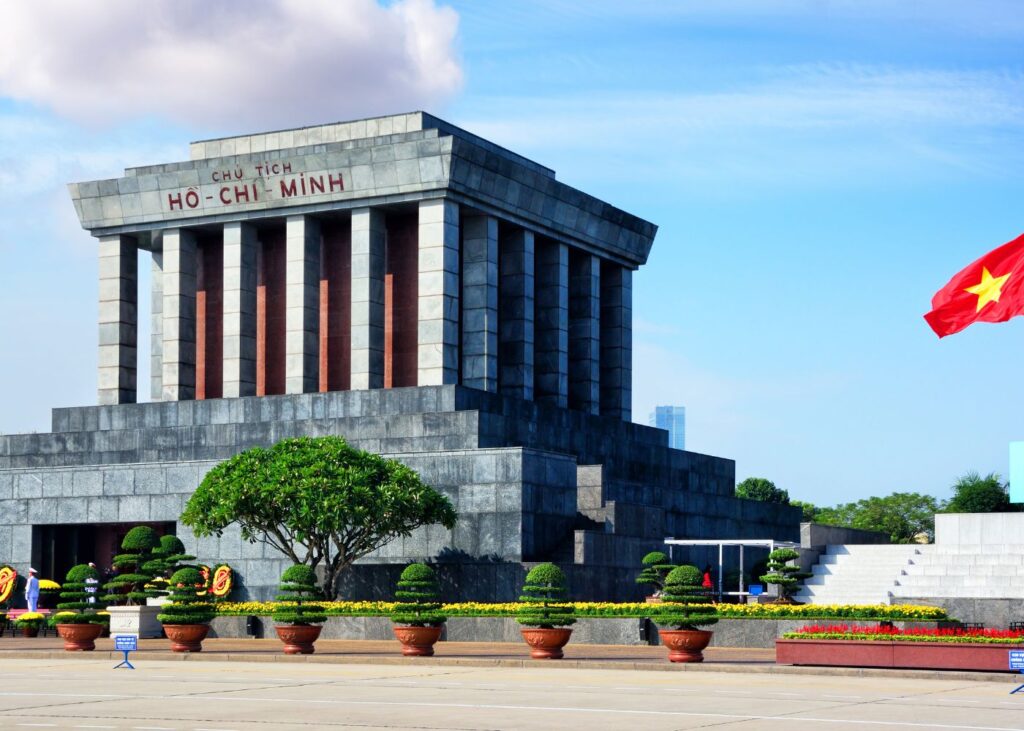
👣 Is three days enough to explore Ho Chi Minh City?
Three days is enough to see Ho Chi Minh City’s main attractions and experience a bit of local culture. You can cover historical sites, markets, a river cruise, and nightlife in three days.
🌞 What’s the best time of year to visit Ho Chi Minh City?
From December to April, it's the dry season and therefore it is the best time to visit Ho Chi Minh City. The weather is warm but not too humid, and there’s less chance of rain.
🇻🇳 Do I need to learn Vietnamese to visit Ho Chi Minh City?
English is widely spoken in tourist areas. However, learning a few basic Vietnamese phrases can be helpful and appreciated by locals.
Ho Chi Minh City Itinerary: Final Words
This 3-day Ho Chi Minh City itinerary offers a balance of the city's key sights, local hidden gems, and unforgettable dining experiences. From exploring the war history at the Cu Chi Tunnels to wandering through Chinatown, if you use this plan as your base, you’ll leave HCMC with a deeper understanding of Vietnam’s past and present.
Please note, this post may contain affiliate links, which means that – at absolutely no cost to you – we earn a small commission on sales generated through this website. We only recommend sites we actually use and thank you for your support!

